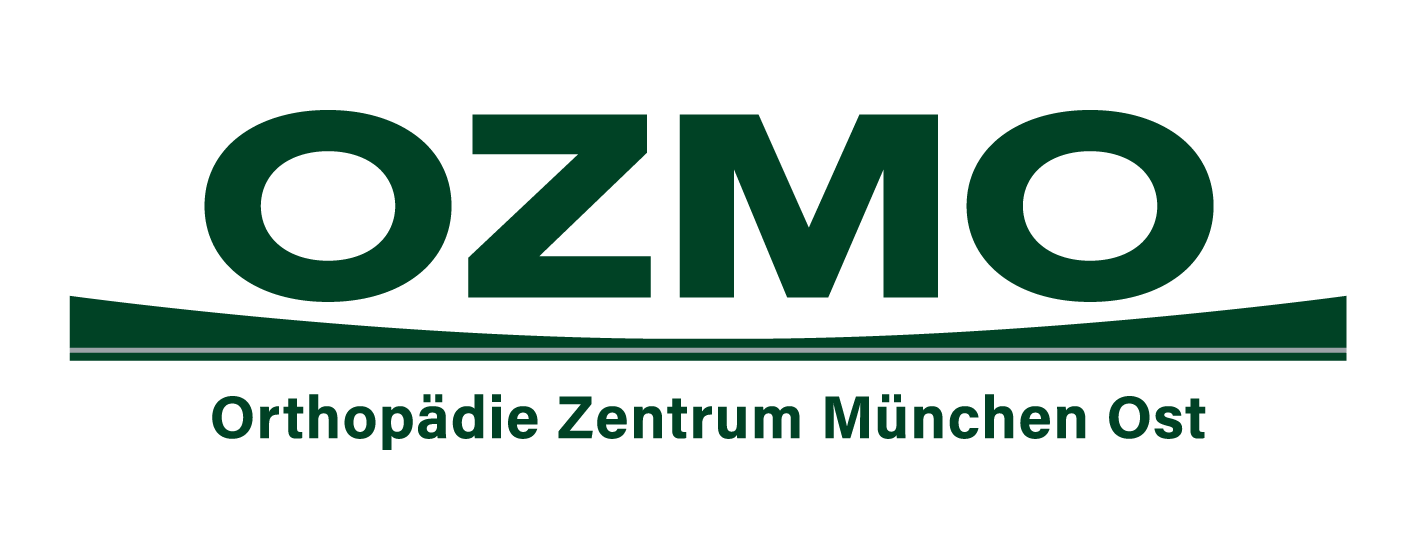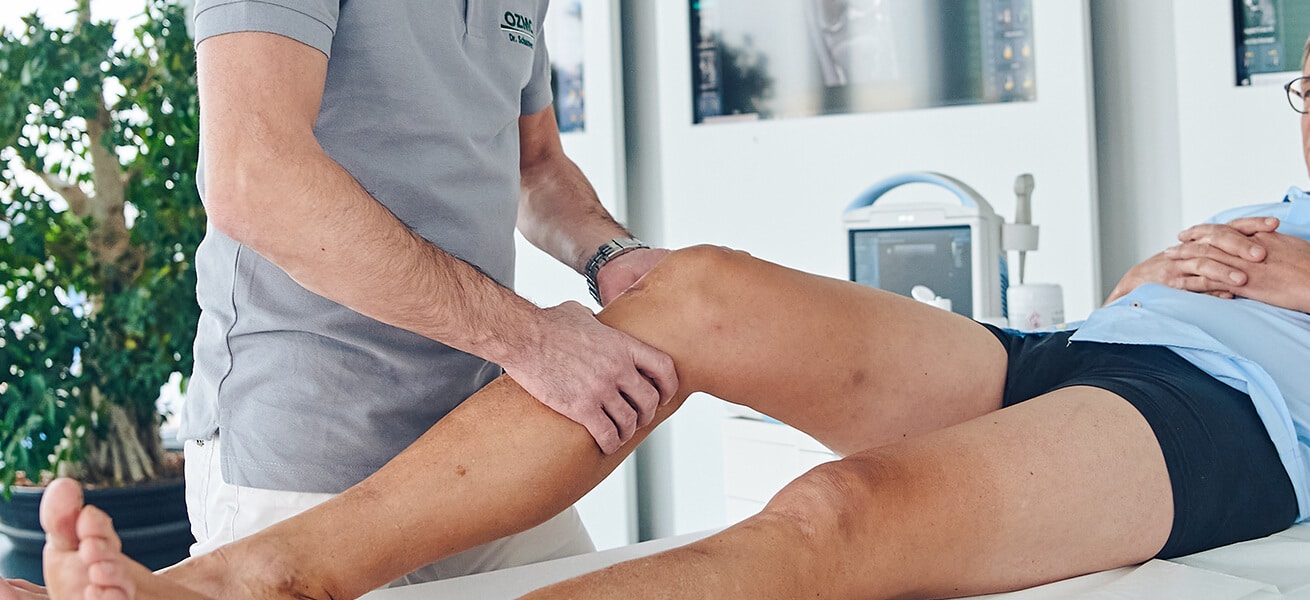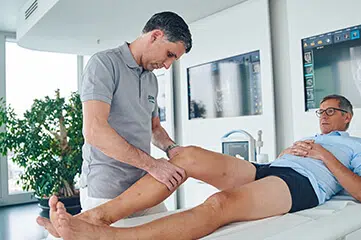In most cases, meniscus surgery is performed arthroscopically. Damage to the meniscus can be repaired during this arthroscopy. Within this framework, the smoothing of fibrocartilage takes place and torn parts can also be removed. The goal of meniscus surgery is to fully restore the knee joint’s ability to glide and bear weight. An overview of the various surgical methods:
Partial meniscectomy: Partial resection of the meniscus is performed when fibrocartilage cannot be sutured. This type of surgery is designed to preserve as much meniscal tissue as possible to maintain functionality. The bearing surface of the cartilage is increased only minimally, which subsequently has no adverse effect.
Meniscus suture: In a procedure called meniscus refixation, the torn areas are sutured back into place. This is only feasible if it is a partial tear of the meniscus. Another requirement is that the meniscus is still fixed to the capsule and connected to the blood vessels. For fresh tears of the meniscus located near the base, meniscus is possible in patients up to 40 years of age. The aim is to preserve the function of the fibrocartilage and prevent more rapid joint wear.
Complete meniscectomy: Meniscectomy is rarely performed and only when there is hardly any healthy meniscal tissue left. Removal is usually followed by implantation of an artificial meniscus, similar to an artificial knee joint. This surgical method is intended to conservatively prevent osteoarthritis of the knee joint.
Our doctors will clarify which meniscus surgery is suitable for you. We will discuss all steps of the treatment in our Orthopedic Center Munich East with you and will be happy to answer your questions.





